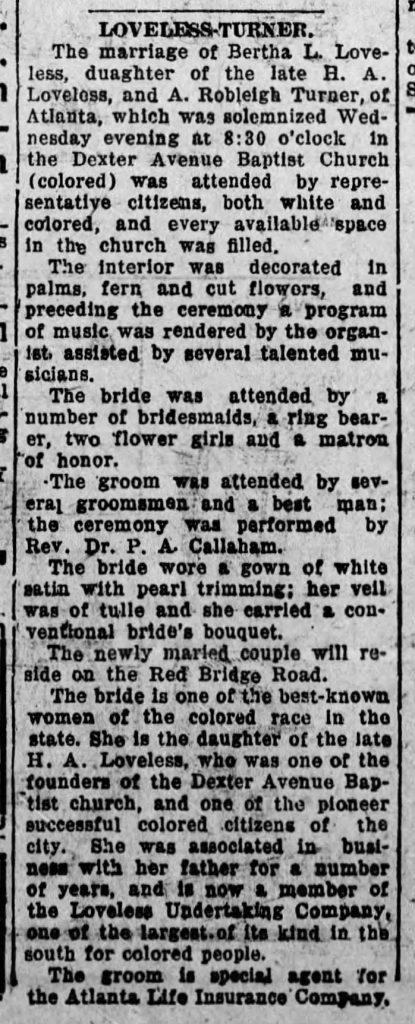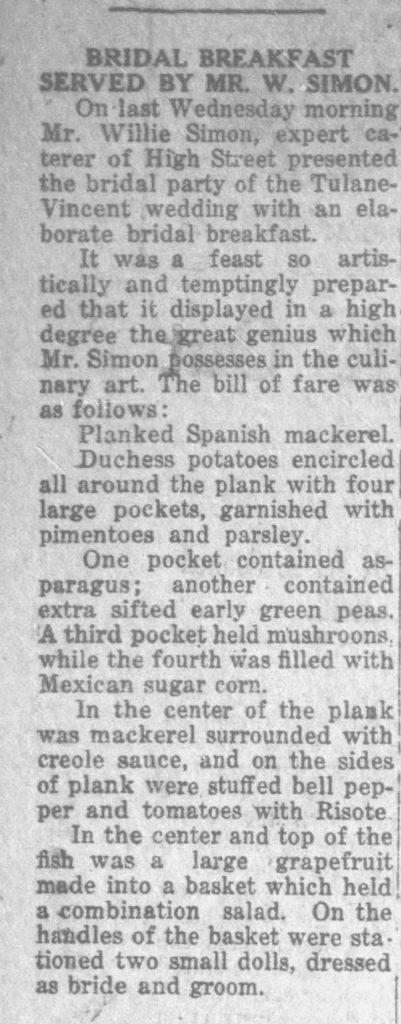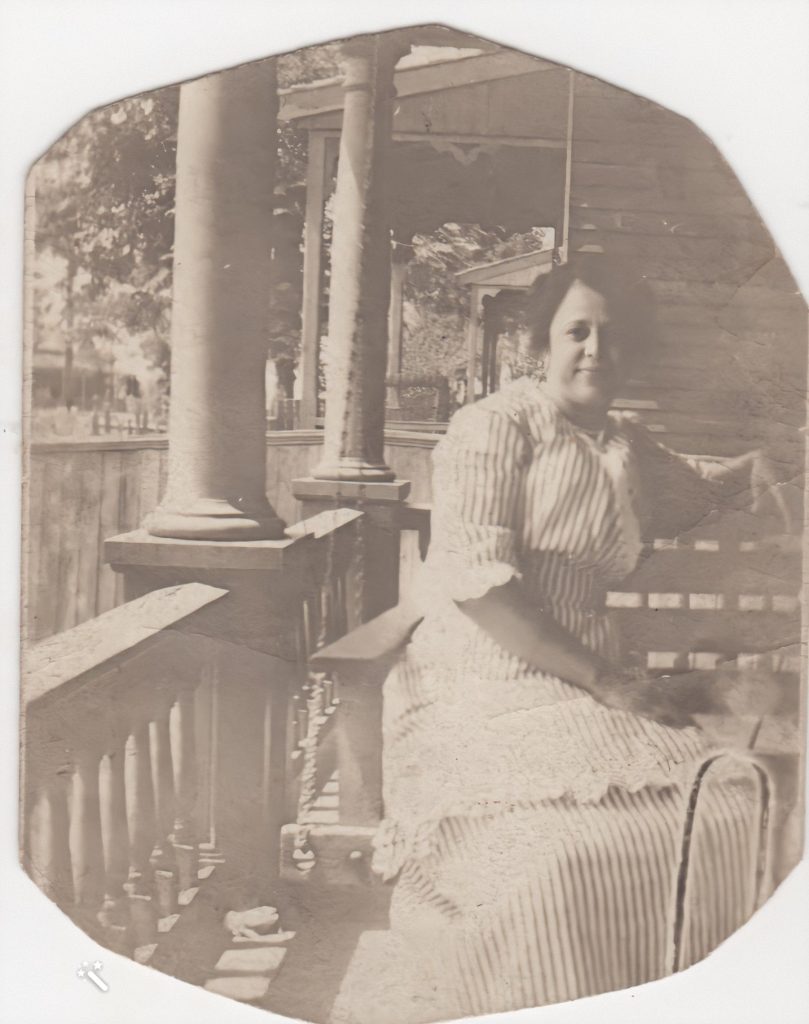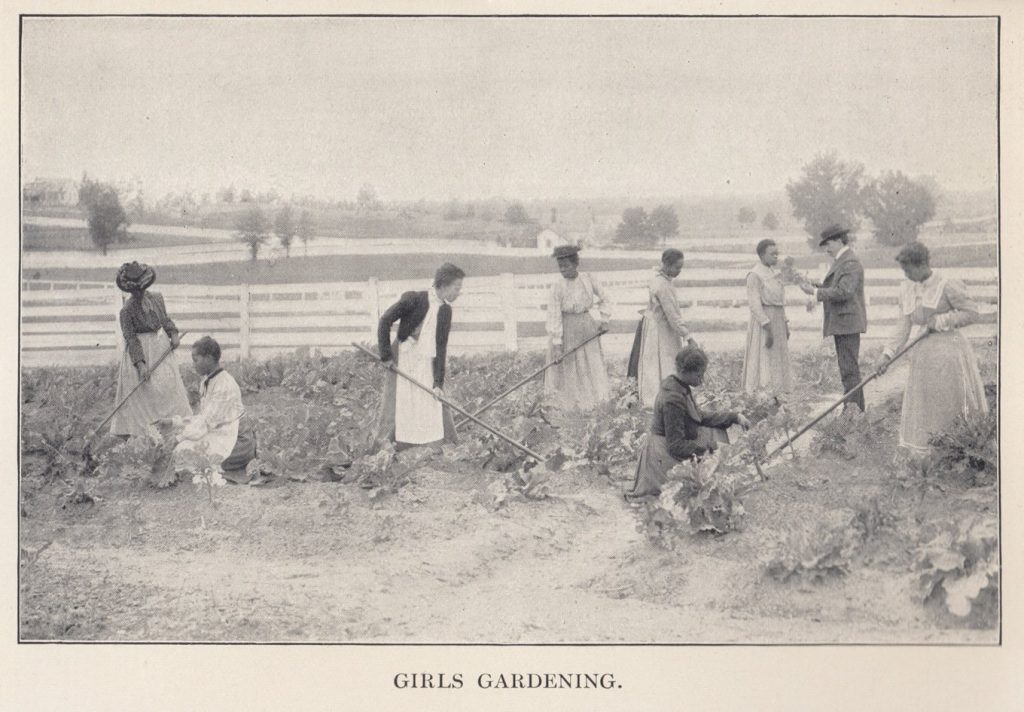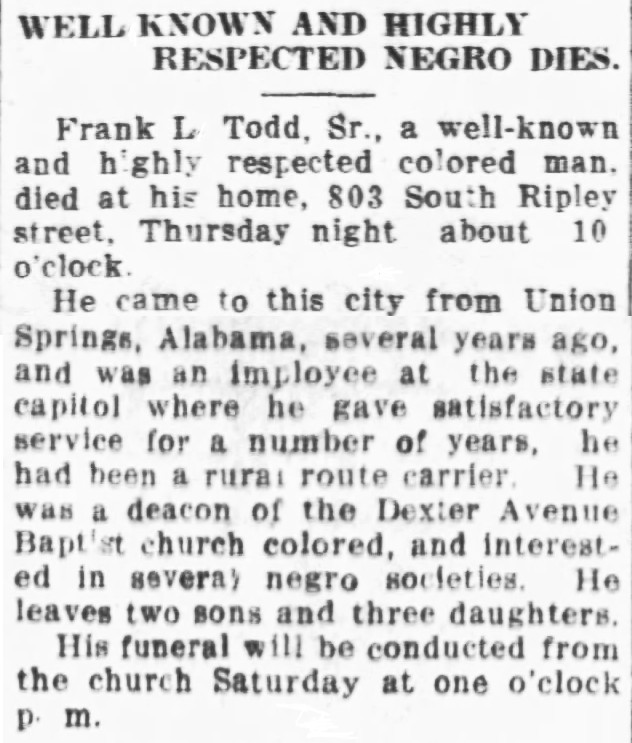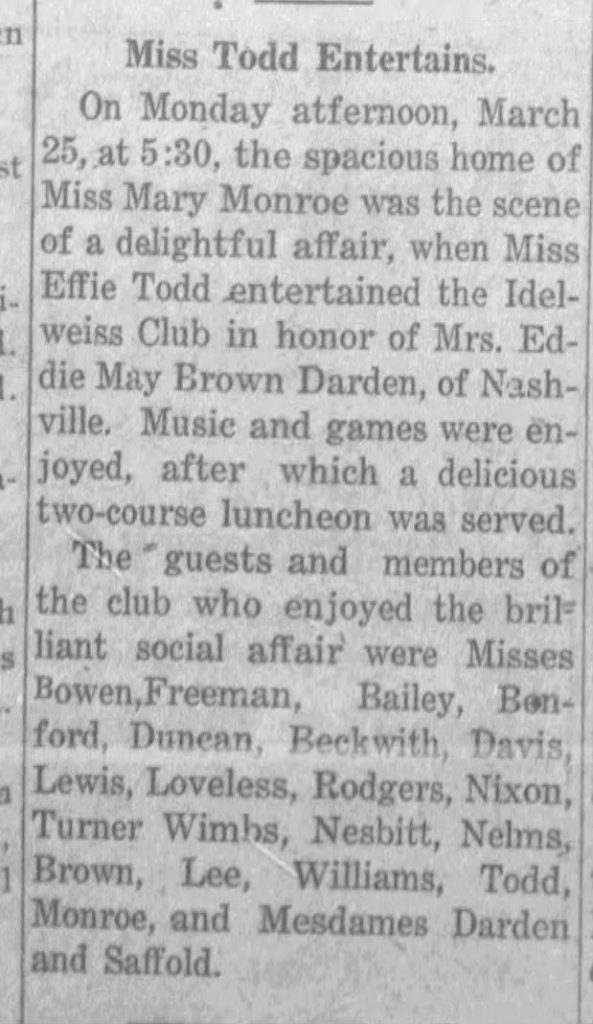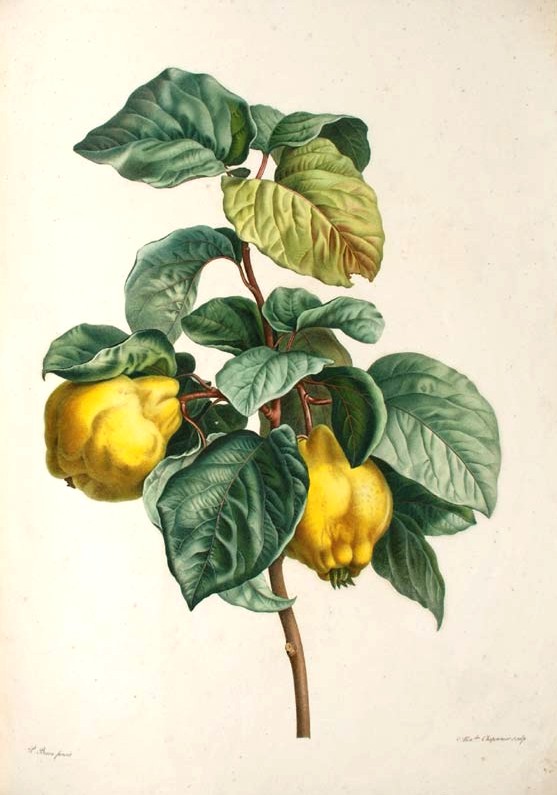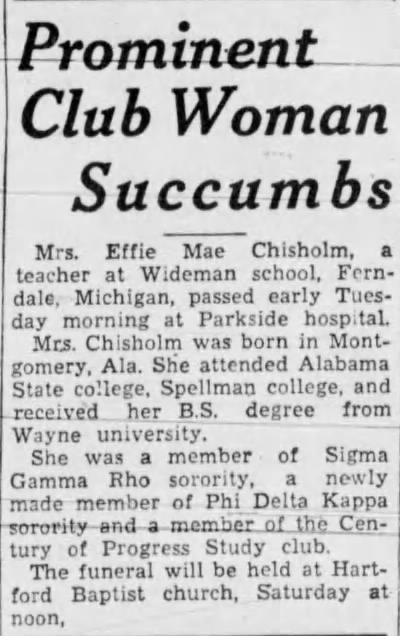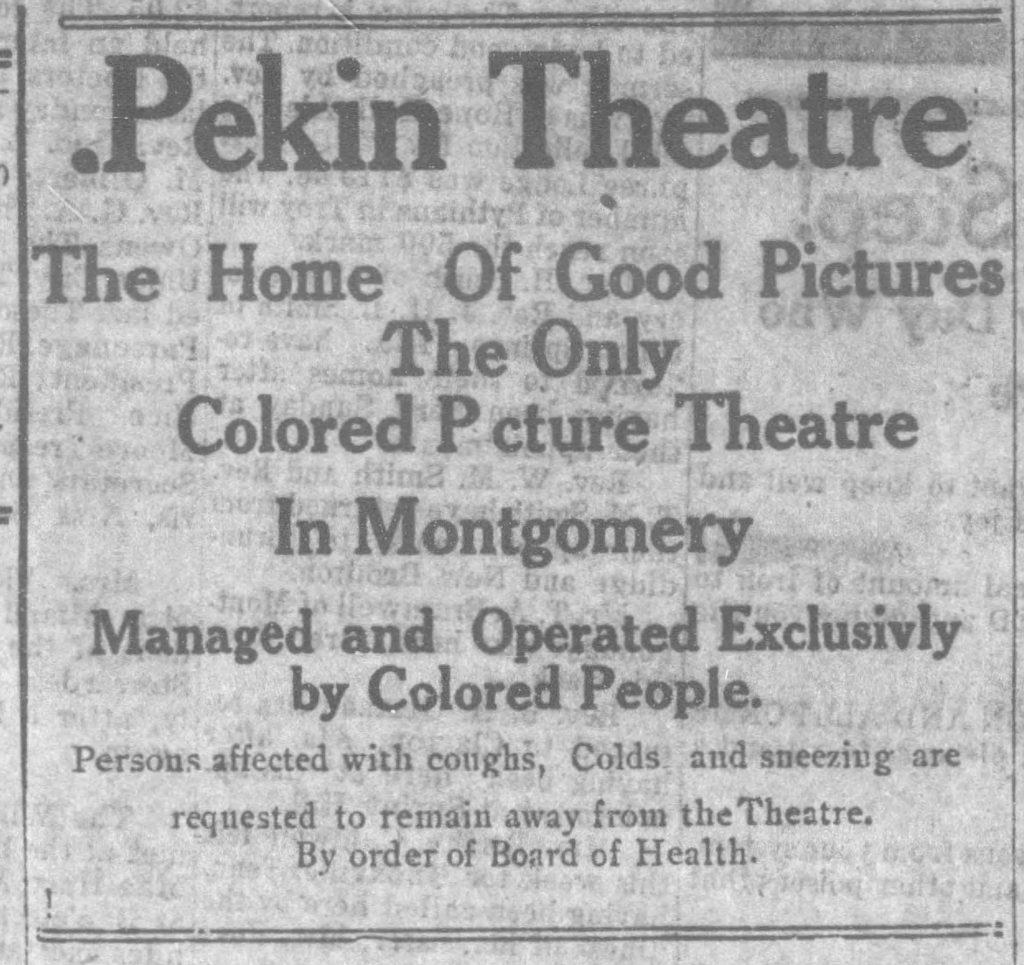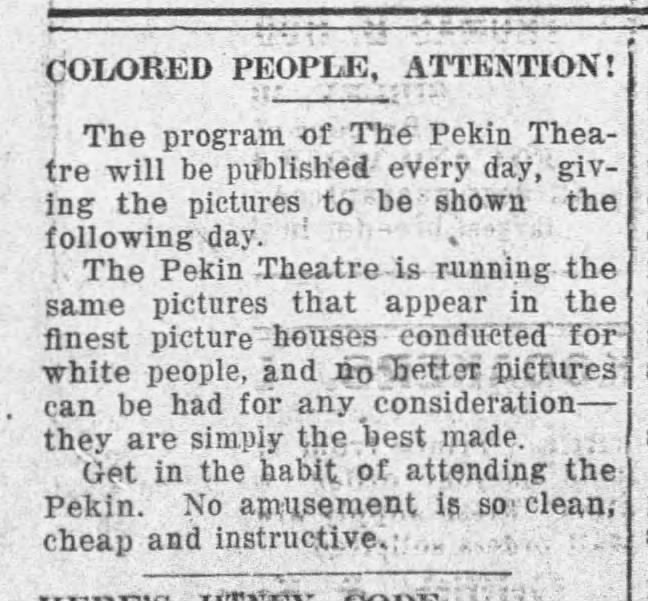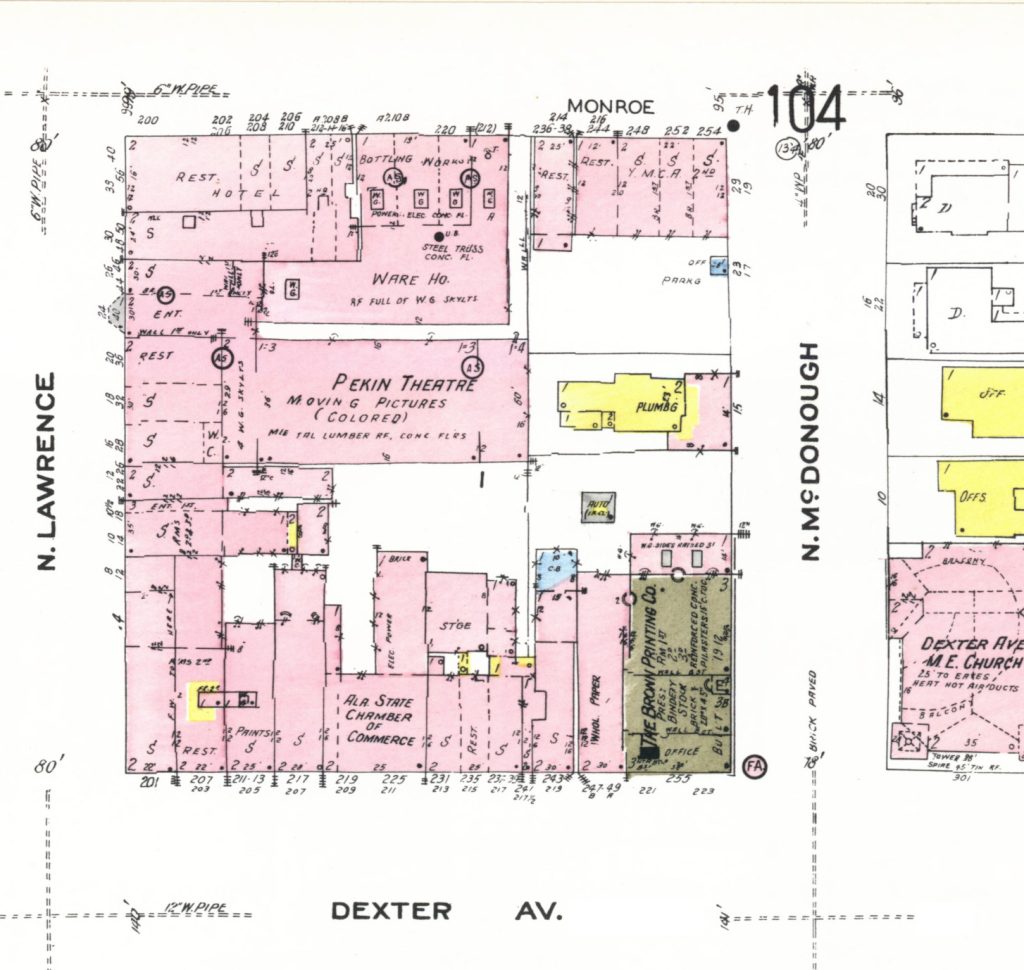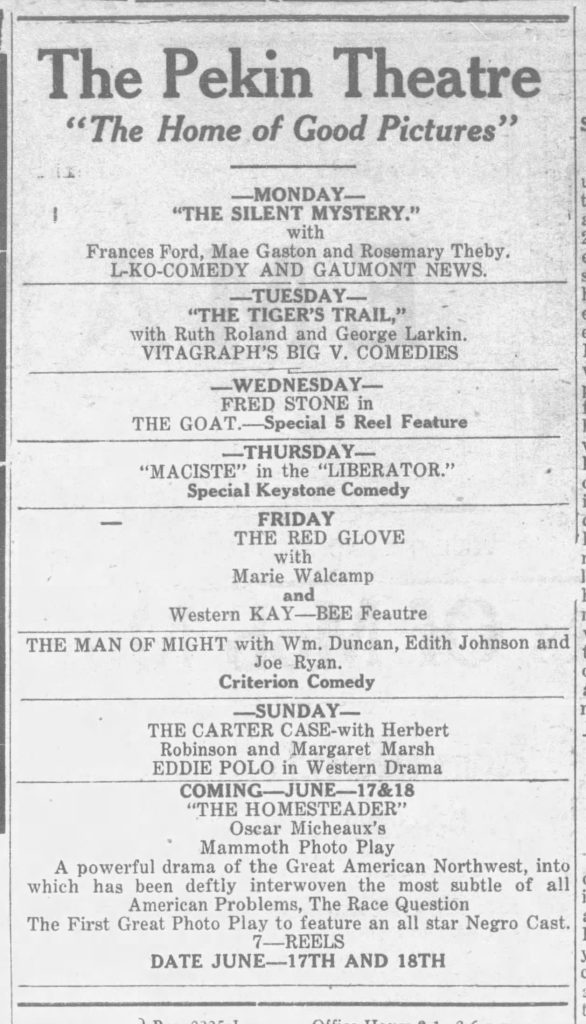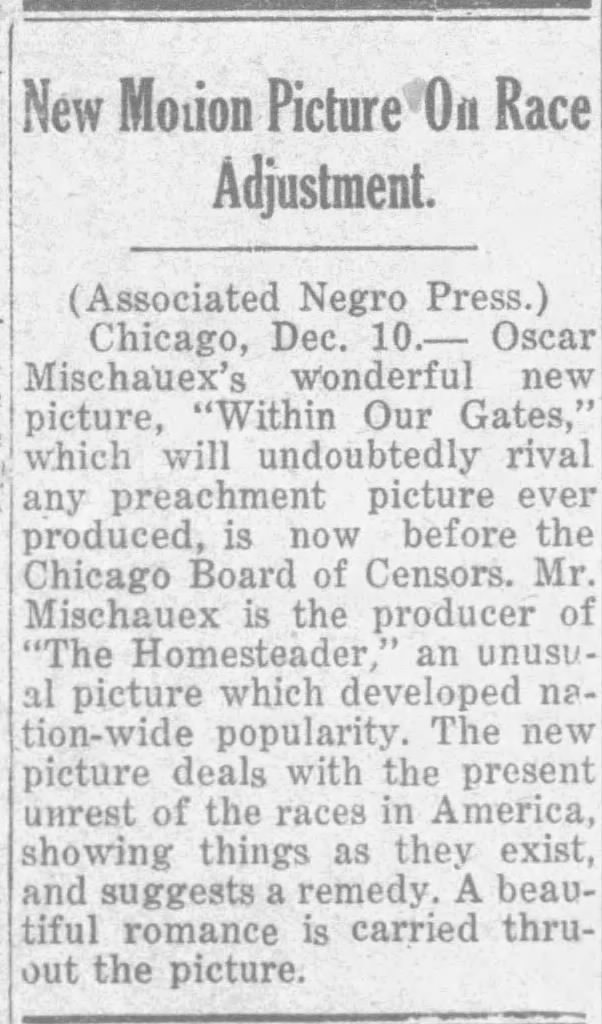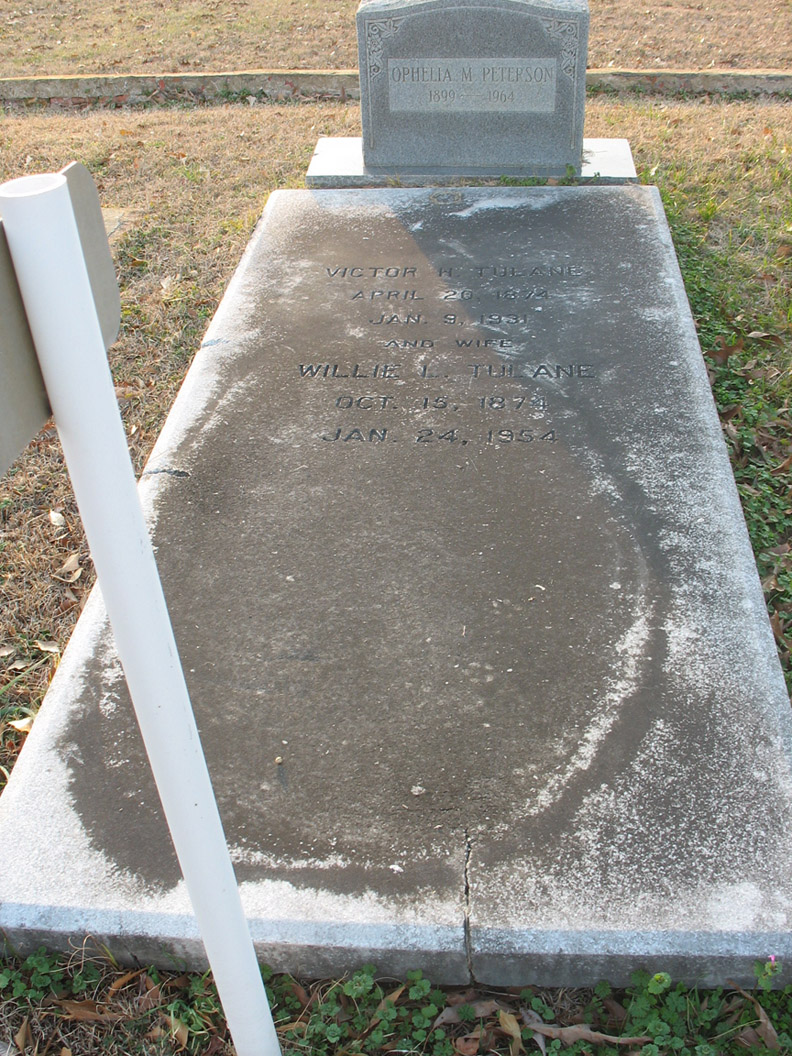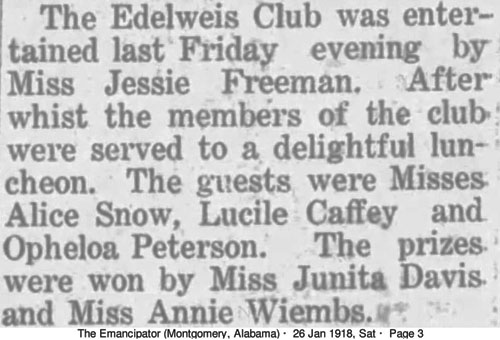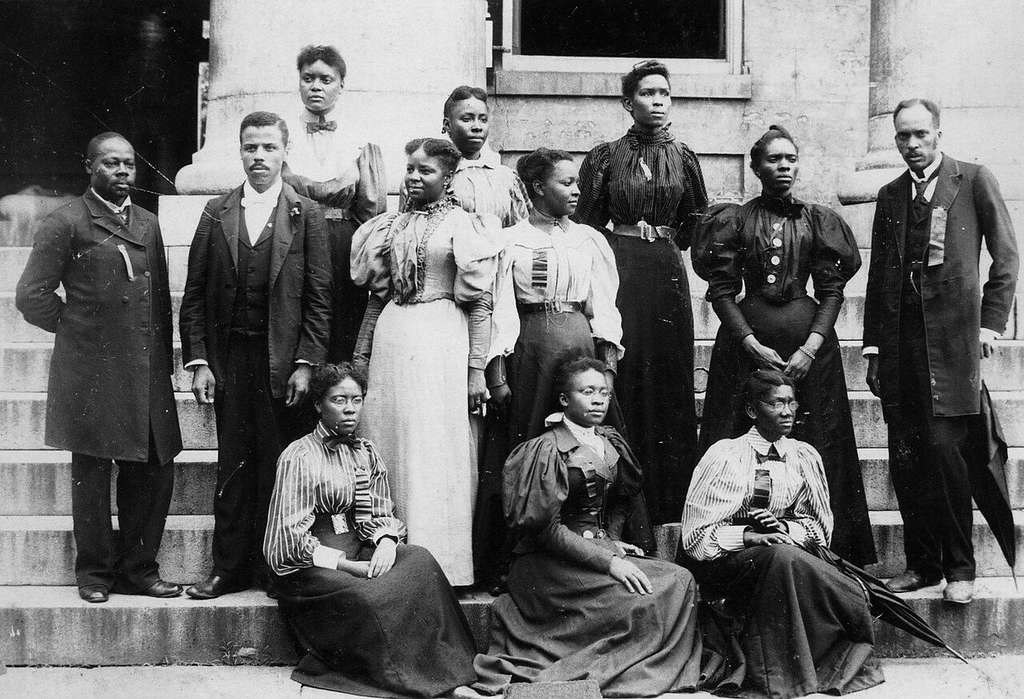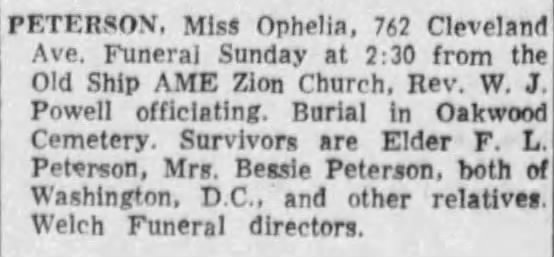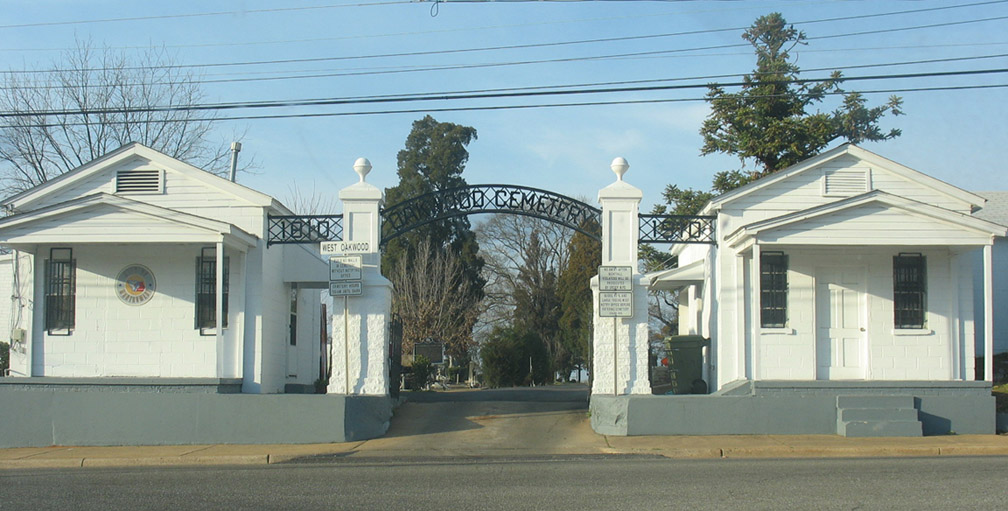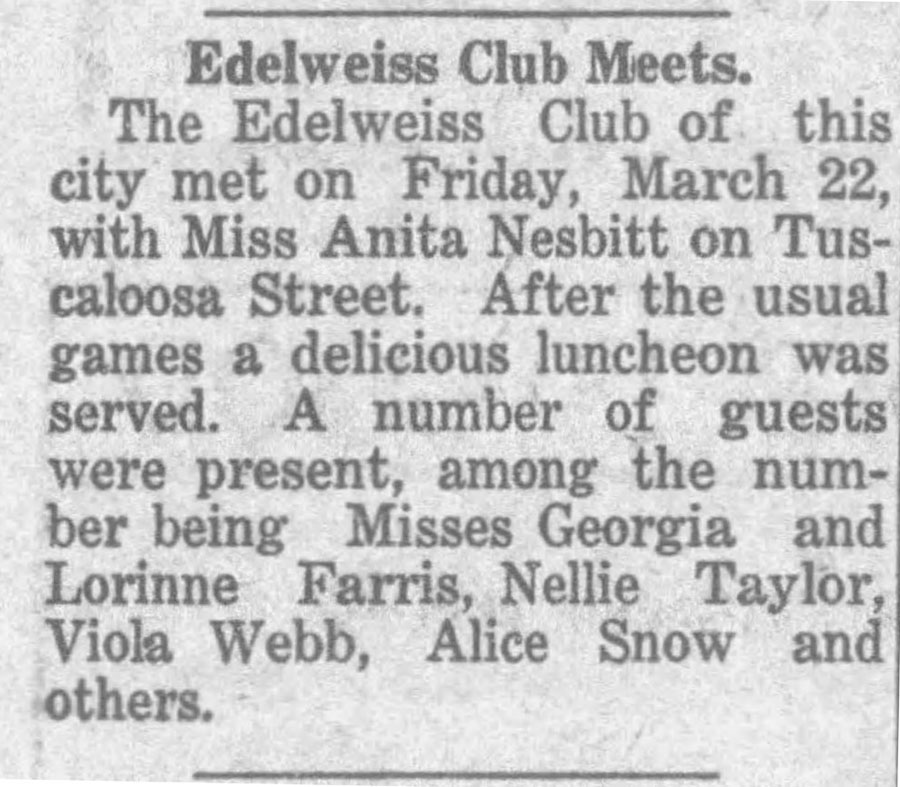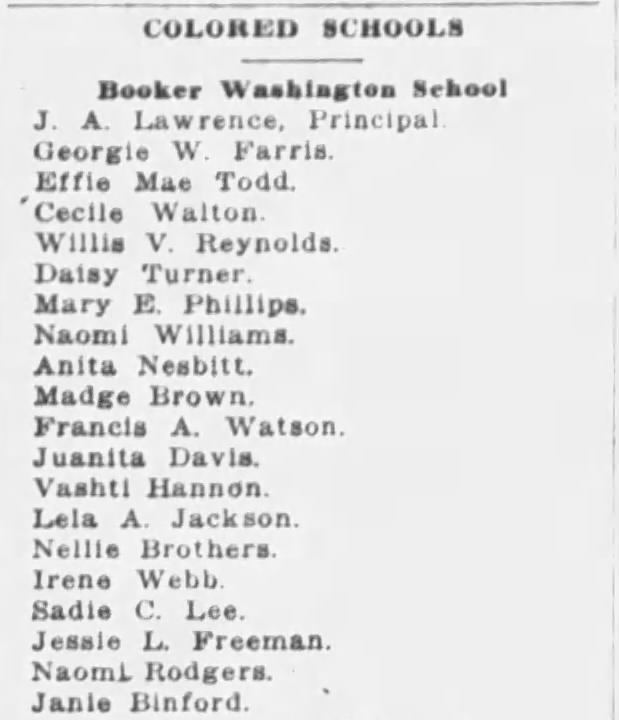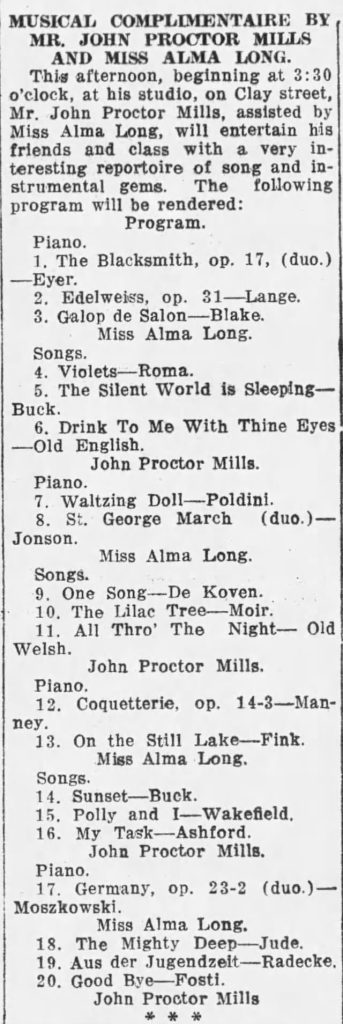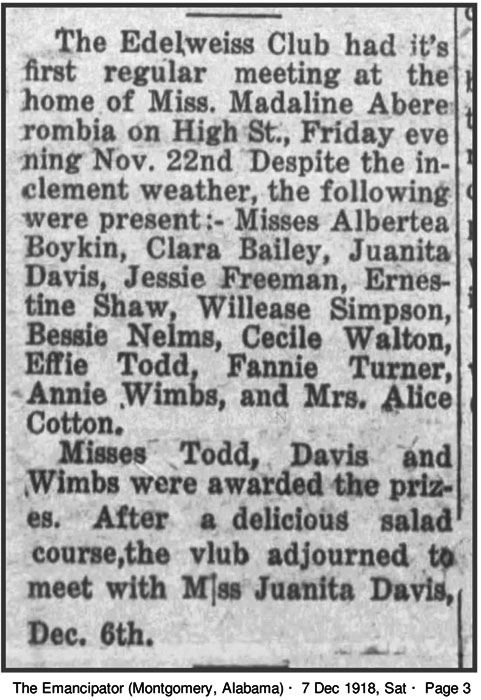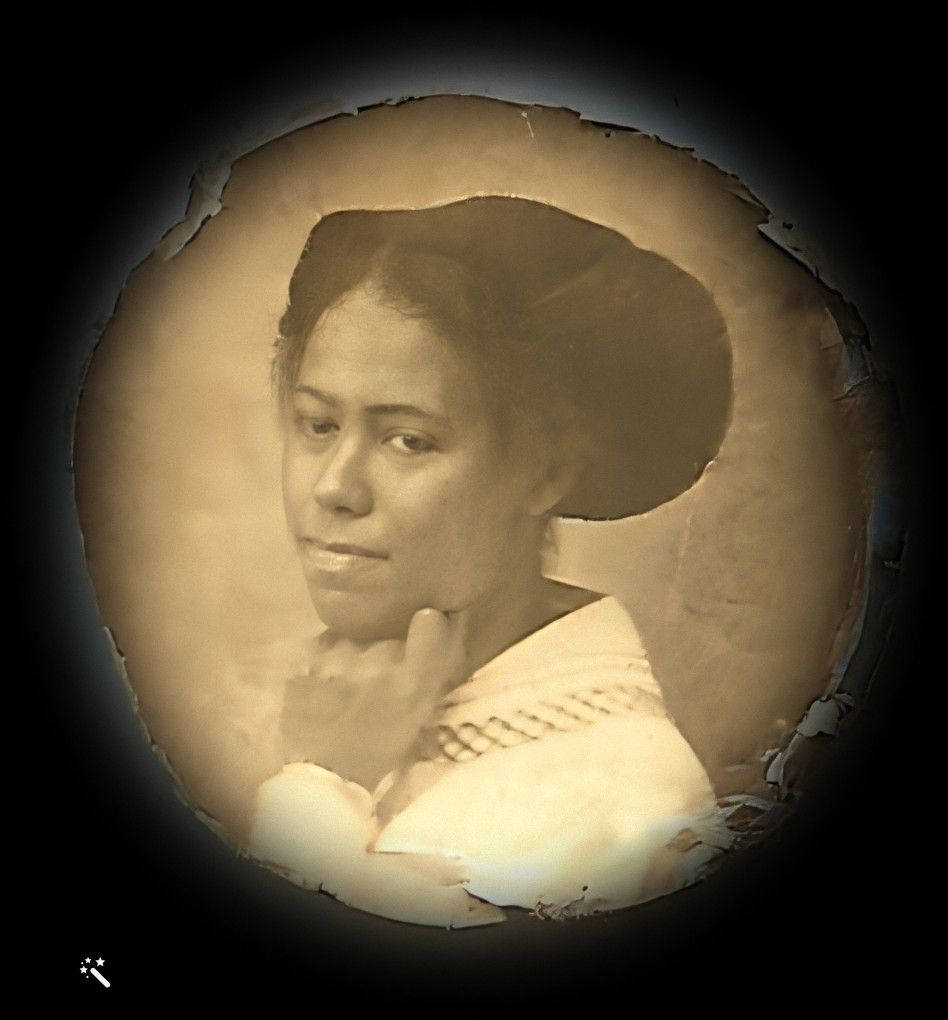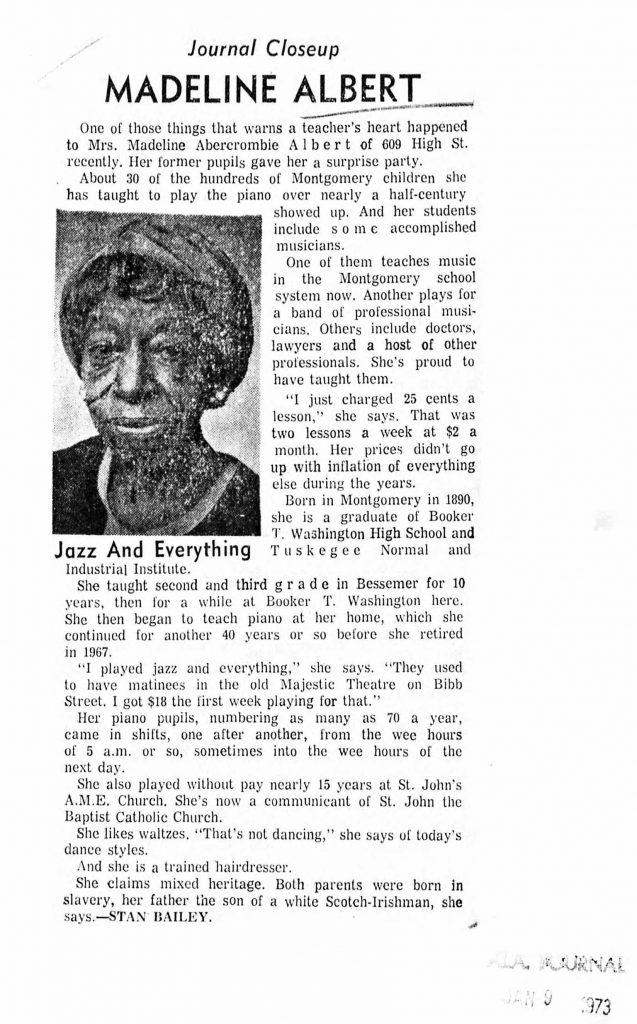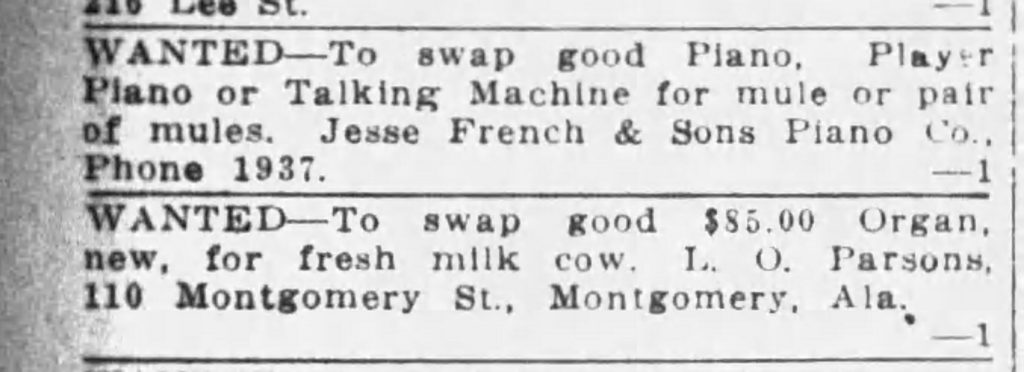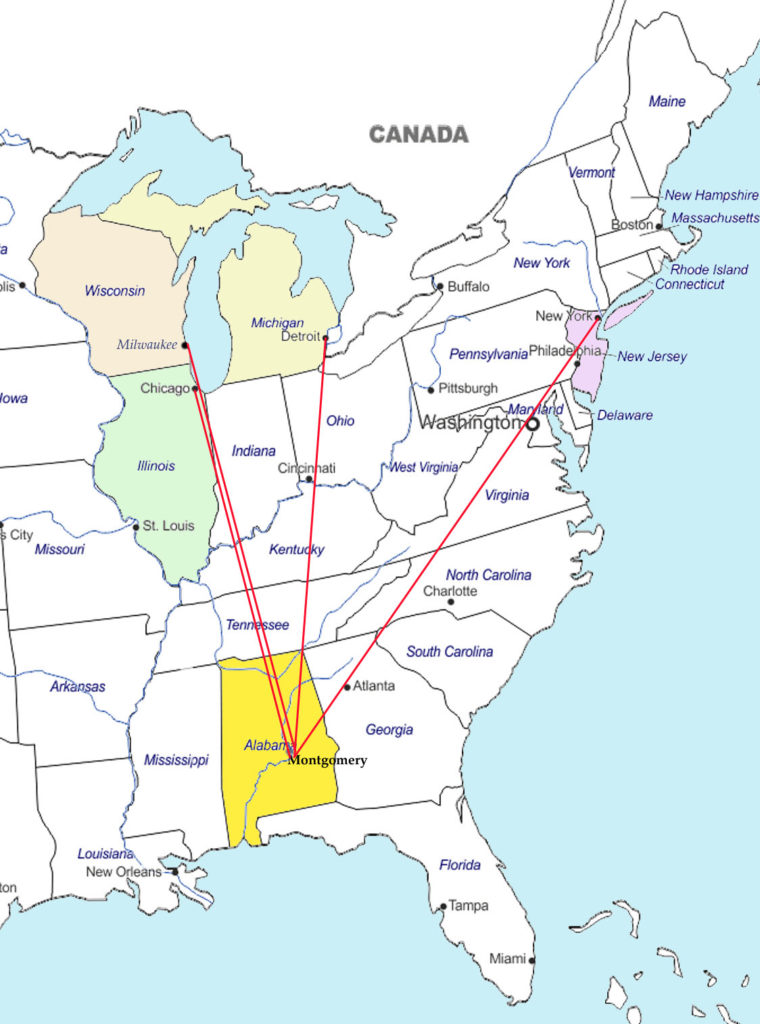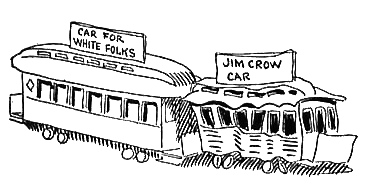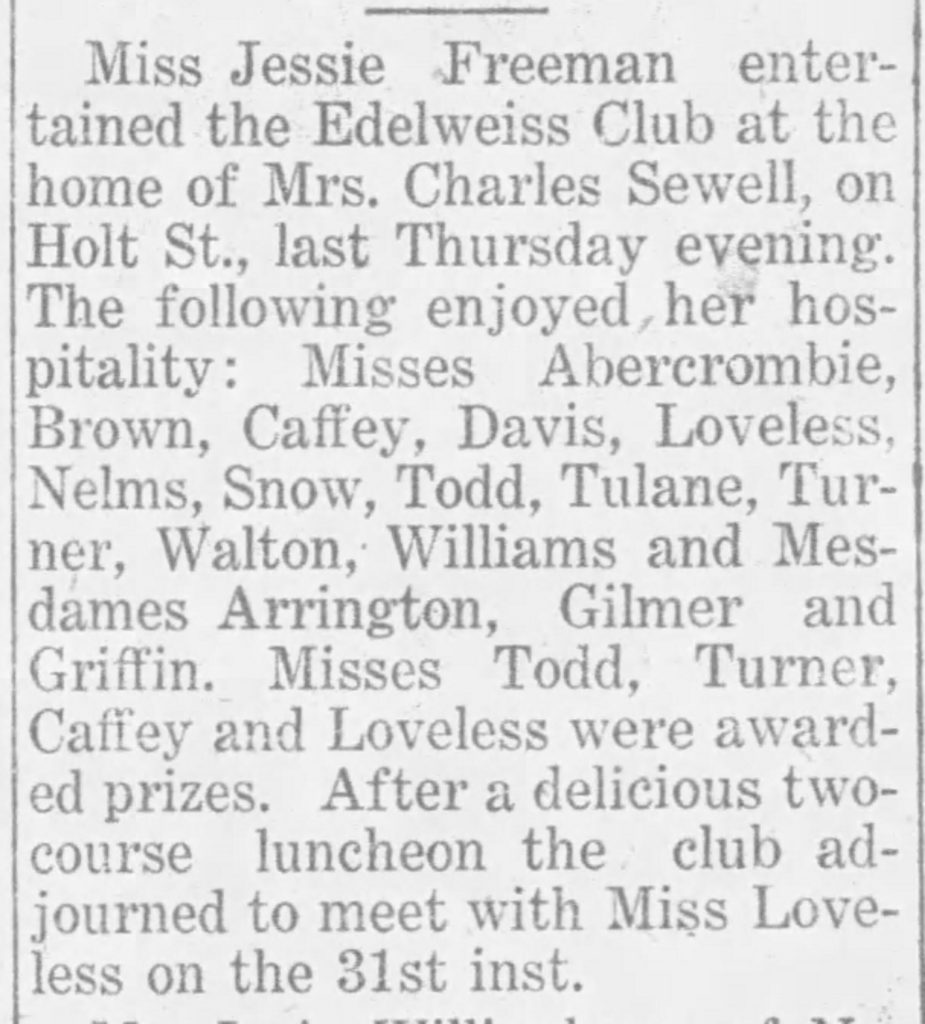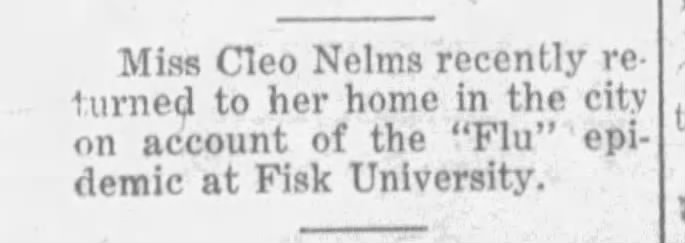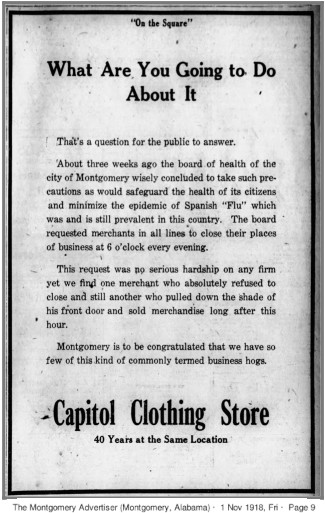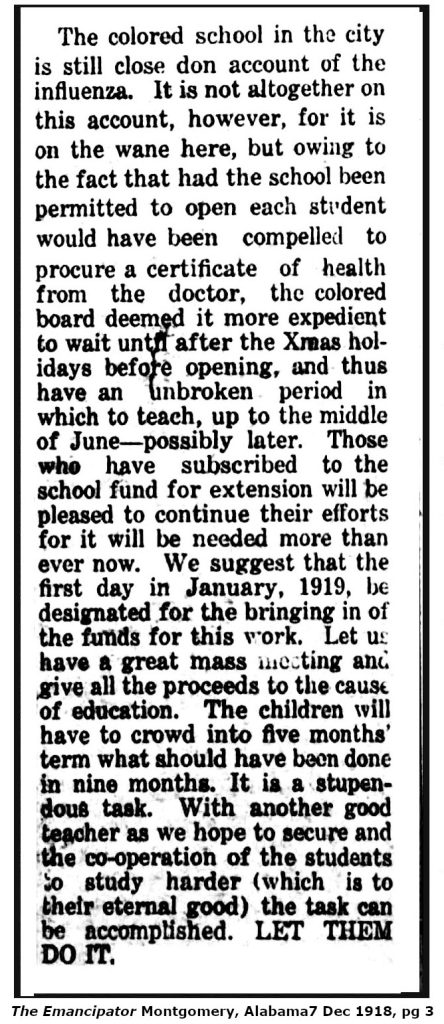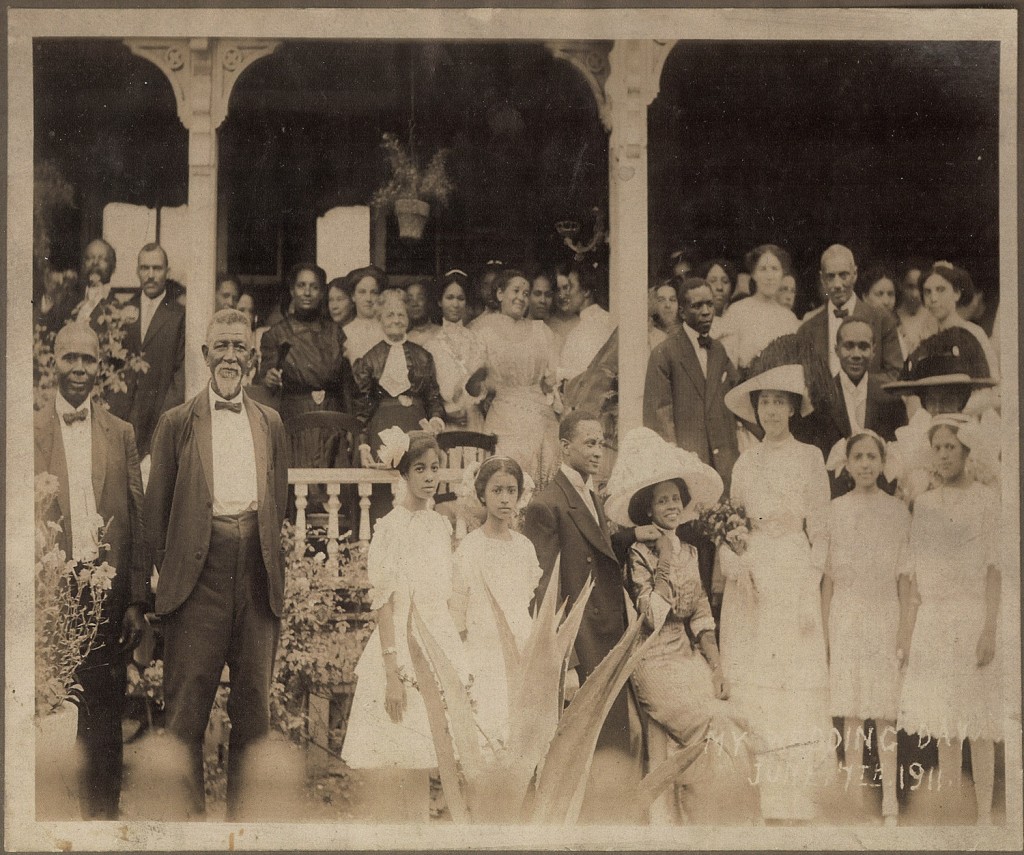

In 1918 and 1919 thirty-seven young women, friends and neighbors of my grandmother Fannie Mae Turner were members and guests of the Edelweiss Club in Montgomery, Alabama. These are snapshots from their lives, place and times.
Click on any image to enlarge!
How many among the Edelweiss members and guests were married? Twenty-eight were married. Of these, five got divorced. Nine never married. Before I counted them up, I thought there would be more who never married. Here are some of the marriage announcements from local newspapers. There seven weddings mentioned below.
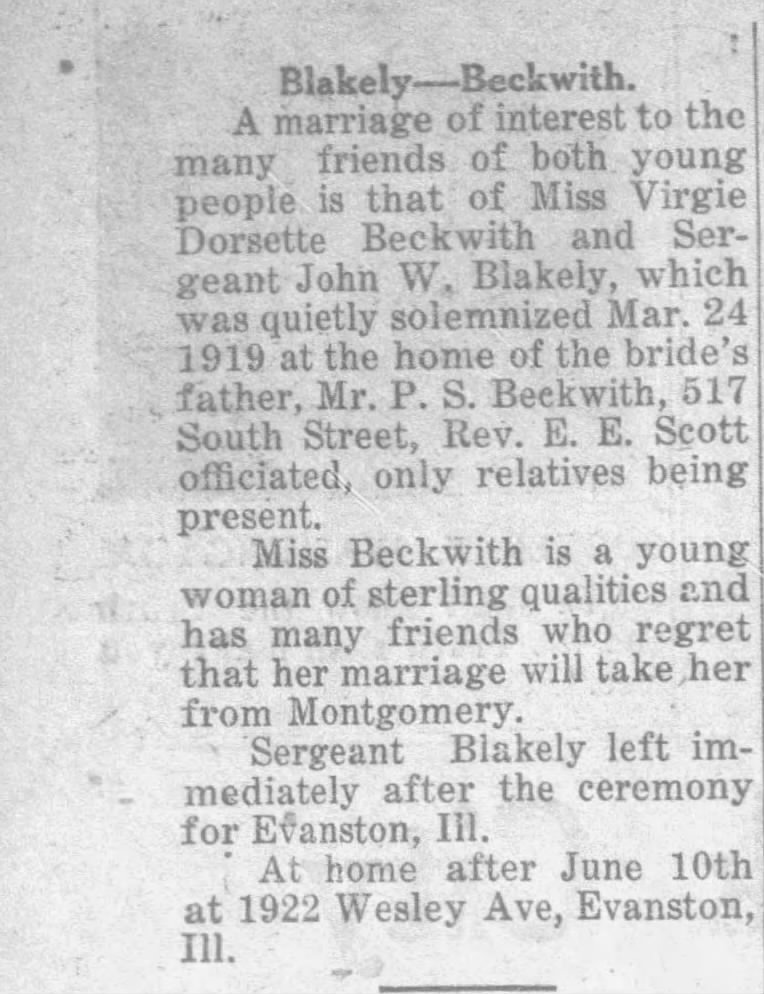
They moved to Chicago and remained together. They had no children.
This marriage ended in divorce after several years. He went back to Texas and married someone else. She remained single and described herself as a widow on future censuses.
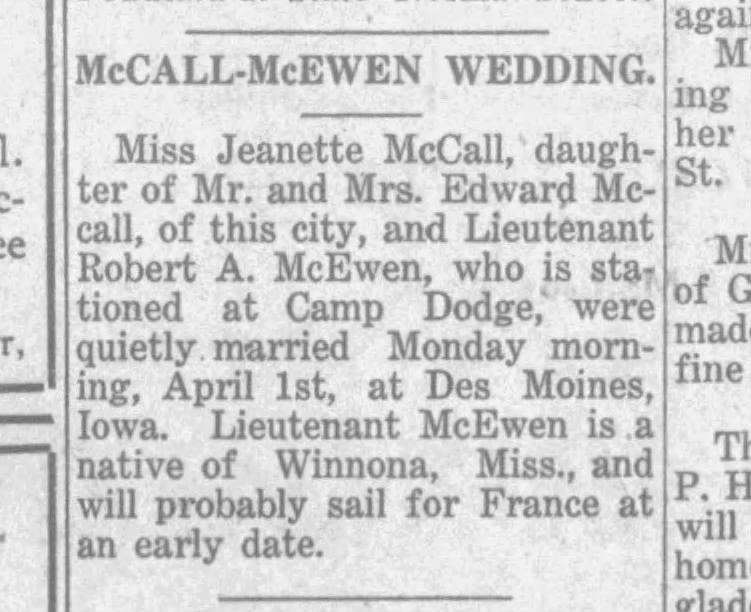
This couple moved to Chicago. They had two sons. Both of the couple died young. She died of TB and he died several years later.
My grandparents stayed together. They had four children. Both sons died in childhood.
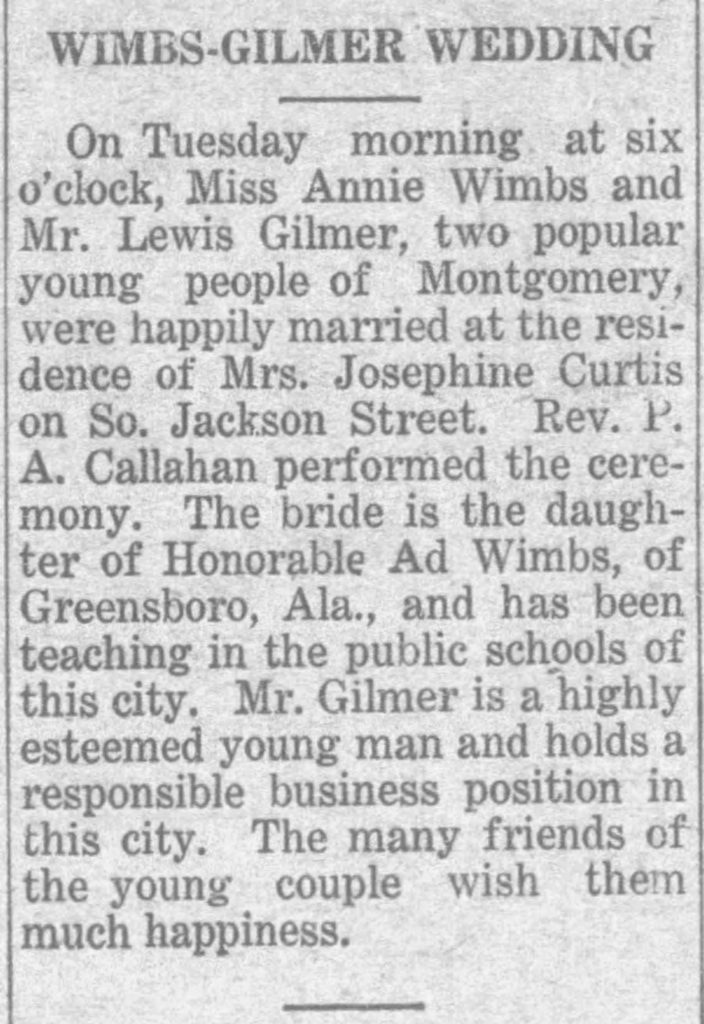
They remained together, relocated to Detroit and had five daughters.
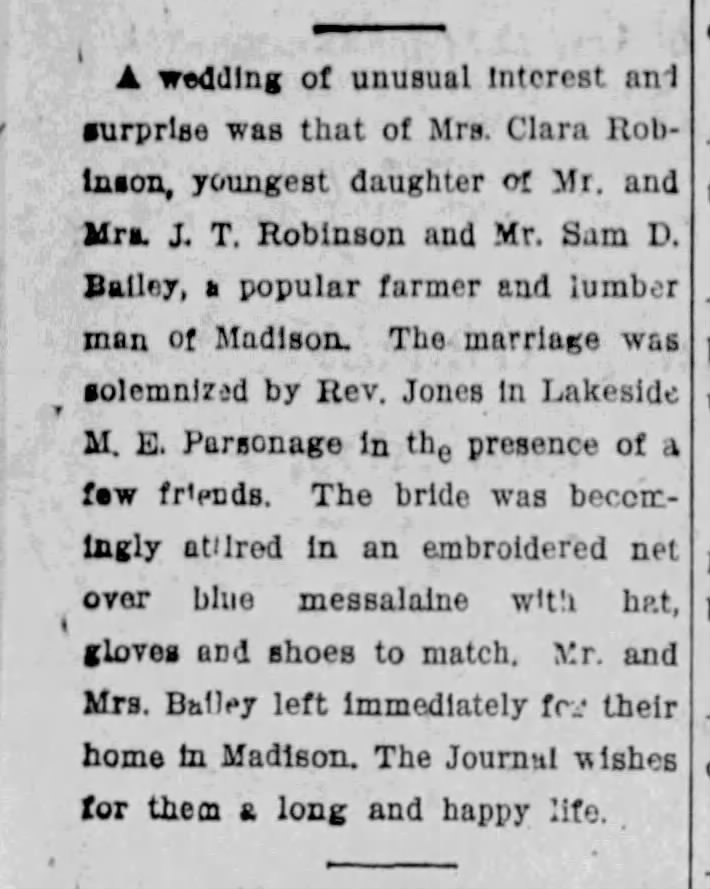
This surprise marriage ended in separation and divorce. She went to Montgomery to teach and then to Detroit, where she died young. He remained on his farm. Messalaine is “a soft lightweight silk dress fabric with a satin weave”.
They lived in New York City and had four children. Unfortunately Dr. Vincent died young and left Naomi a well provided for widow.
At last! A description of the food served! More about planked mackeral here https://us.gozney.com/blogs/recipes/cedar-plank-mackerel-recipe
